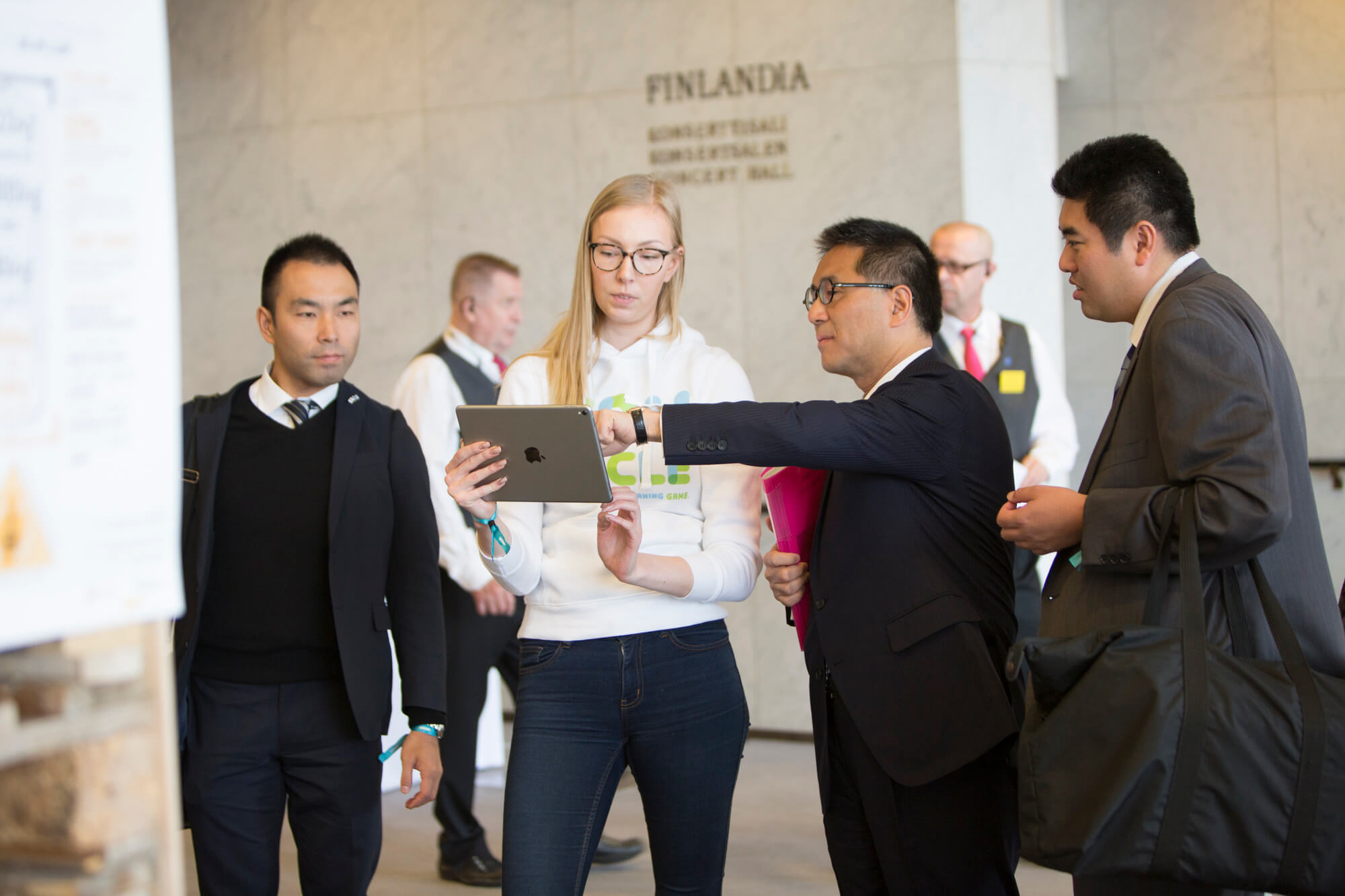The countries across Asia have a rich and varied approach to developing their circular economies. Some solutions might be familiar to those in Europe or America while others are unique. And while in some cases they are playing catch up with the West, in others they are already far ahead.
Model Japan
“Japan is the leading nation in the circular economy,” says Teppo Turkki, Leading Specialist for Sitra in Japan.
“They are on islands with extremely limited resources so they have been developing such solutions since the 1970s and 1980s. There is no one better.”
He points out that the recycling industry alone employs 650,000 people and makes up 7 per cent of Japan’s GDP.
“You pay part of the recycling fee when you purchase a new appliance like a washing machine or refrigerator,” he continues. “Some 80 per cent of car parts and 98 per cent of all metals are recycled in Japan.”
Yet not all of Japan’s circular solutions are high-tech. Farmer Takao Furuno developed the Aigamo Method, a distinctly low-tech approach to rice farming. Ducks and fish eat insects so less insecticides are needed while paddy weed provides nitrogen so less fertiliser is used. Yields are 20-50 per cent higher than industrial farming methods.
Top-down support
All Japanese are intensely aware of the need for better resource use. Turkki credits the public awareness and economic success of the circular economy down to strong government support, something which is also happening in China.
“In 2005, the State Council issues several opinions on accelerating the development of the circular economy,” says Ma Jinjin of the China Association of Circular Economy (CACE). “In the 11th and 12th Five-Year Plans the Chinese government regarded the circular economy as one of the key tasks for constructing a resource-conserving and environmentally friendly society.”
CACE have organised trips to seven different countries to see how others are developing circular economy solutions. The Chinese are eager to learn global best practices as well as contribute to them: they have developed technologies in a range of sectors from agricultural waste recycling to remanufacturing.
Chinese authorities have a variety of policies to promote circular solutions. Some policies are incentives, such as favourable prices for cleaner technology and lower taxes on resource recycling and labour. Others are penalties, like charges to dispose garbage and excessive use of water.
First steps to new opportunities
“China is rapidly growing their sharing economy,” puts in Turkki.
“Many Chinese don’t buy things; they buy services. Sharing bikes is hugely popular in Chinese cities and many people lease mobile phones instead of buying them.”
Other Asian economies are also taking steps to develop their circular economies. The India Paryavaran Bhavan office complex was developed as a showcase to be a net zero energy building. Associations to promote the circular economy are active from Korea to Singapore.
The first steps have been taken, but there is still a long way to go. CACE admits that the circular economy solution has not been widely adopted yet in China. Notorious reputations of smog and trash mountains plague people’s perception. Yet there is determination in Asia to continue progressing.
“The goal is to build a moderately prosperous society in an all-round way, which requires circular economy development,” sums up Jinjin.

















Recommended
Have some more.